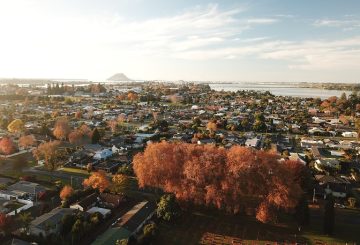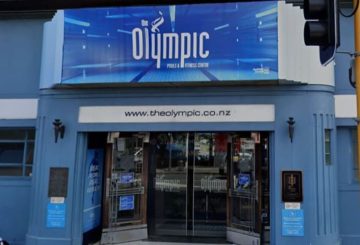Dewan Kota Wellington diatur untuk menyebarkan jaringan pemantauan inovatif untuk terus mengumpulkan data terperinci tentang lalu lintas kota. Inisiatif ini bertujuan untuk meningkatkan pengambilan keputusan berdasarkan data yang akurat dan komprehensif.
Sensor lalu lintas baru akan memantau berbagai jenis pengguna jalan, seperti mobil, truk, sepeda, skuter, bus, dan pejalan kaki, melacak jalur perjalanan mereka dan kecepatan 24/7, sepanjang tahun. Pengumpulan data yang konsisten ini akan memberi Dewan pandangan yang lebih jelas tentang pergerakan kota, penggunaan jalur sepeda, dan efek langsung dari perubahan dalam jaringan transportasi.
Walikota Tory Whanau menyatakan antusiasme untuk teknologi perintis ini, menyatakan itu penting untuk perencanaan kota karena Wellington terus tumbuh. Sensor VivaCity, dipilih untuk pengumpulan data yang akurat dan sepanjang waktu, menjaga anonimitas pengguna, menawarkan perspektif penggunaan ruang publik yang lebih luas.
Sementara Dewan sebelumnya mengandalkan penghitungan manual dan penghitung elektronik untuk membedakan pola perjalanan, metode ini tidak memiliki cakupan yang luas dan pemantauan yang konsisten. Sistem baru akan mengisi kesenjangan ini, memastikan Dewan dapat mengukur dampak dari peristiwa tak terduga seperti bencana alam atau pandemi.
Fitur utama dari sensor VivaCity adalah desainnya yang berfokus pada privasi. Mereka tidak menyimpan data yang dapat diidentifikasi, menjamin privasi warga negara. Peter Mildon, COO VivaCity, menekankan pendekatan yang berpusat pada warga, menyoroti keselarasan sistem dengan standar perlindungan data.
Langkah ini menjadikan Wellington sebagai kota pertama di Selandia Baru yang memanfaatkan teknologi pemenang penghargaan ini. Diatur untuk memulai bulan ini, instalasi sensor datang dengan perkiraan biaya $1 juta selama lima tahun, didanai dengan mengalokasikan kembali sumber daya yang ada.
Sensor bertenaga AI, seukuran laptop, akan ditempatkan di tiang lampu jalan. Mereka akan menggunakan visi komputer untuk mengidentifikasi dan menghitung pengguna jalan secara instan, hanya menyimpan data anonim.
Dewan akan memperbarui lokasi sensor di situs webnya, dengan papan nama yang jelas untuk menunjukkan keberadaan sensor. Peluncuran awal akan fokus pada Kawasan Pusat Bisnis, menargetkan area penting dan jalur siklus
.





























































